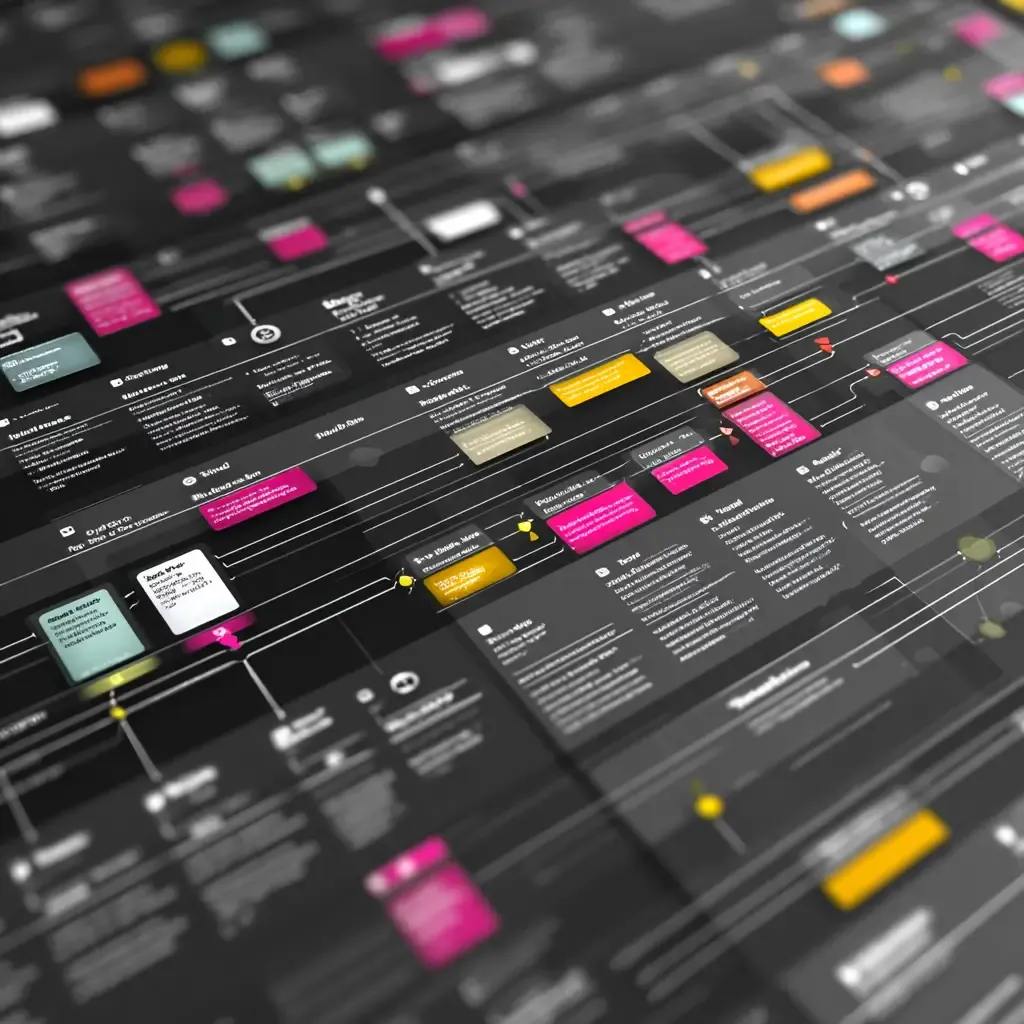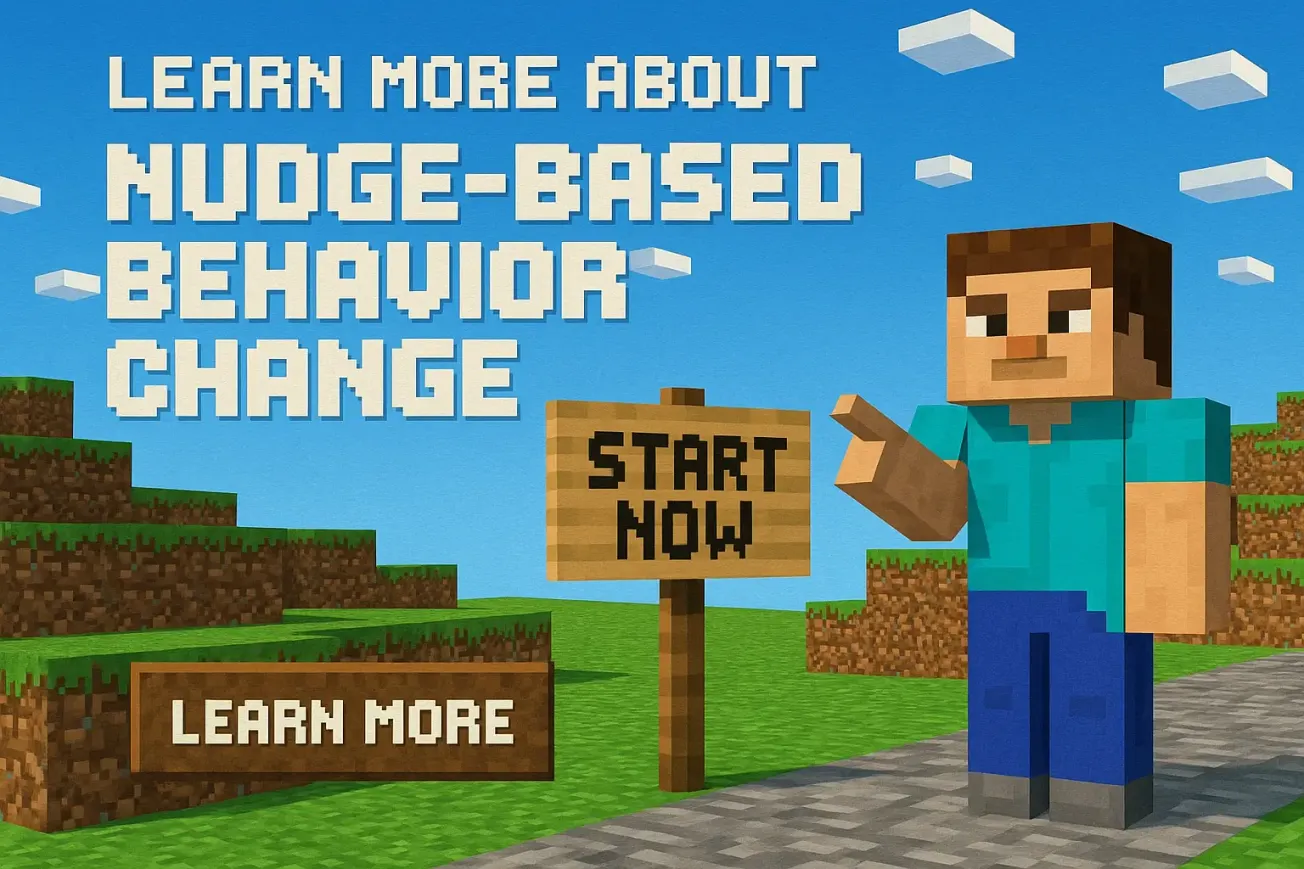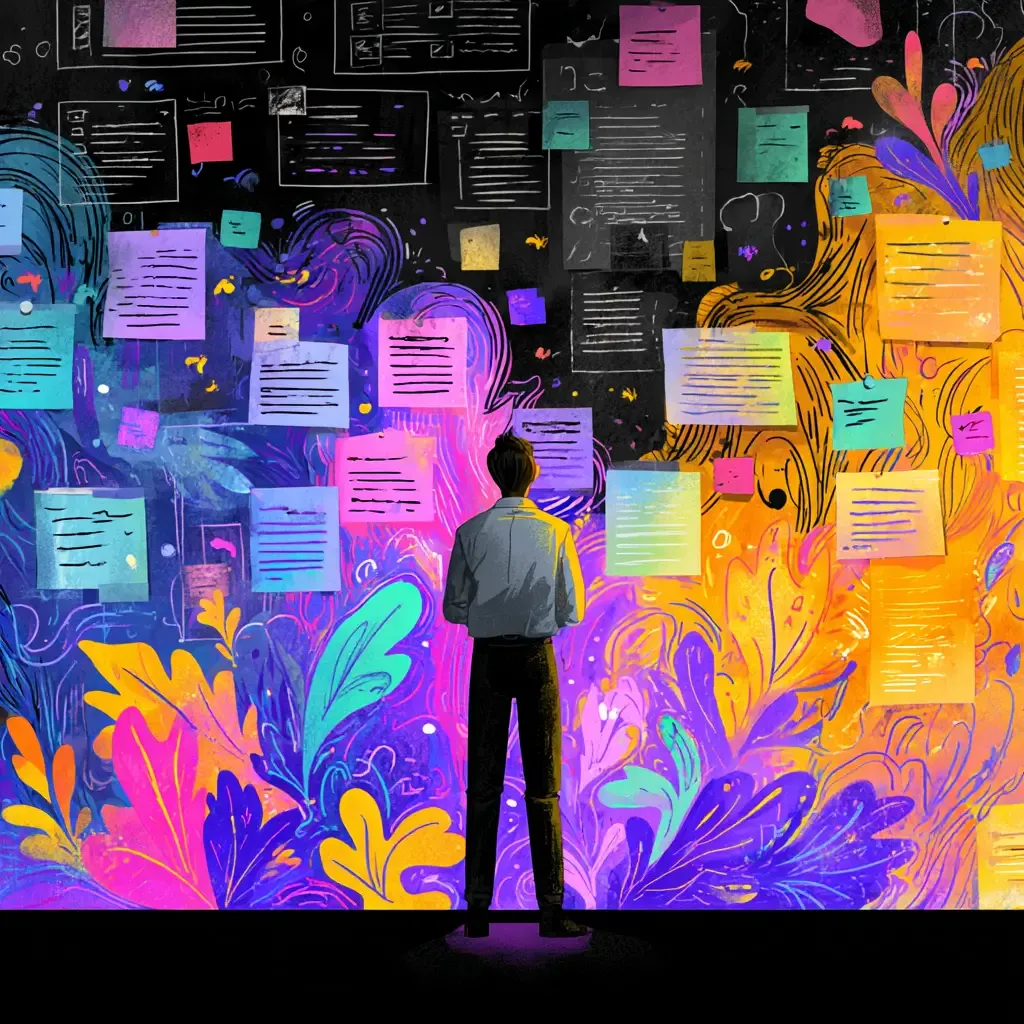TL;DR: Journey Mapping gave us empathy and structure, but it’s static, narrow, and too slow for today’s dynamic world. Journey Intelligence—powered by real-time data, AI, and adaptive interventions—offers continuous insight into how people actually behave. For change leaders, it means moving beyond static personas and one-size-fits-all plans to design adaptive, ethical, and trust-driven experiences that evolve in real time.
It’s time to face a hard truth: Journey Mapping is no longer enough.
Once a staple of Customer Experience (CX) and Employee Experience (EX) toolkits, journey maps offered a structured way to visualize how people interacted with products, services, or organizations. They helped us empathize. They grounded our assumptions in qualitative data. And they brought siloed teams together around a shared artifact that said: this is the experience we’re shaping.
But the world moved on.
Today, static maps feel like relics—well-intentioned snapshots of yesterday’s terrain. Meanwhile, customers and employees aren’t standing still. They’re in motion, navigating a web of touchpoints, nudges, frustrations, and moments of truth that don’t wait for a design sprint or a quarterly planning cycle.
The age of Journey Mapping is fading.
We’re entering the era of Journey Intelligence—a more dynamic, data-rich, and AI-powered approach to understanding human experience. And for change leaders, this shift isn’t optional. It’s foundational.
Why Journey Mapping Fell Short
Let’s be clear: Journey Mapping had its moment for good reason.
In the early 2010s, as design thinking swept into business, personas and journey maps gave teams something they desperately needed—insight into human behavior. Before that, many transformation efforts were built from the inside out. Systems drove process. Policy shaped interaction. The human was an afterthought.
Journey Mapping flipped that script. It helped leaders walk a mile in someone else’s shoes—often for the first time. We learned where people got lost in clunky handoffs, where confusion snowballed into churn, and how small moments could shift brand perception.
But there were cracks in the model from the beginning:
- They were static. Built for workshops and PowerPoint, maps quickly went out of date. They captured behavior in the moment, but couldn’t evolve with the audience.
- They lacked scale. One or two personas might anchor a workshop, but they rarely reflected the full diversity of real users or employees.
- They were high-touch, low-frequency. Maps took time to build. And most organizations only revisited them when something went wrong.
In short, they were descriptive. But today, we need something prescriptive.
The Rise of Journey Intelligence
Enter Journey Intelligence. Instead of relying on hypothetical personas and assumed touchpoints, this new approach uses real-time behavioral signals to surface friction, sentiment, and intent across the entire ecosystem.
Think of it like going from paper maps to GPS.
Journey Intelligence draws from:
- Telemetry from systems like CRM, ERP, and HCM
- Interaction data from apps, websites, call centers, and collaboration tools
- Sentiment analysis from surveys, tickets, social channels, and internal forums
- Contextual cues from calendar data, location services, and behavioral trends
- AI-driven models that stitch it all together to identify patterns, root causes, and early indicators of change resistance
Done well, Journey Intelligence helps us move from "What happened?" to "What’s happening?"—and ultimately to "What needs to happen next?"
In CX, this means knowing when a customer is likely to defect before they file a complaint. In EX, it means detecting burnout or workflow breakdowns before they impact productivity or morale. In change, it means sensing whether people are adopting, resisting, or disengaging in real time—and adjusting the approach accordingly.
Change Leaders Must Get in the Game
So what does this mean for those of us leading transformation efforts?
We must drop the old notion that change happens in linear phases, mapped to neatly labeled personas. Real-world transformation is messier—and more continuous—than that.
Static personas are giving way to behavioral cohorts.
Instead of anchoring messaging or engagement strategies around fictional people, we can now analyze how different clusters of users behave in reality. AI helps identify patterns—like which teams adapt quickly to new tools, or which roles consistently escalate tickets instead of self-serving.
Push communications are becoming adaptive nudges.
No more one-size-fits-all campaigns. Journey Intelligence allows us to personalize interventions based on real-time indicators. If someone hasn’t logged into a new platform by Day 10, they get a targeted prompt or support offer—automatically.
Workshops are being augmented with sensor data.
Rather than relying solely on interviews and surveys, we can now bring hard data into the room. Want to know where onboarding is breaking down? Look at the drop-off points in workflow tools or the help desk spike after Week 2.
Feedback loops are tightening.
Instead of waiting for quarterly surveys or pulse checks, leaders can see the impact of change efforts in near real time. This enables course corrections before momentum is lost—or trust erodes.
What Journey Intelligence Isn't
To be clear, Journey Intelligence isn’t about surveillance. It’s not about monitoring people’s every move or reducing them to data points.
It’s about augmenting human insight with machine intelligence—combining the art of empathy with the science of behavior.
Used ethically, it’s a force multiplier. It helps us design better experiences, support more people, and spot systemic issues before they balloon into crises.
But it also demands new muscles from change practitioners.
New Skills, New Mindsets
To thrive in this shift, change leaders must:
- Get fluent in signals. Understand how to read behavioral and operational data—not just survey results. Partner with data science and analytics teams early in the process.
- Design adaptive interventions. Build strategies that evolve in real time, based on how people are responding—not based on a static plan or communication calendar.
- Think in ecosystems. Journey Intelligence isn’t limited to a single product or project. It spans channels, roles, systems, and moments. We must zoom out and connect the dots.
- Build trust into the stack. Transparency, consent, and ethical use of data are non-negotiable. People need to know how and why their signals are being used—and what they get in return.
Final Thought
Change doesn’t happen in a workshop. It happens in the daily grind of systems, meetings, handoffs, and micro-decisions. Journey Mapping helped us understand that. Journey Intelligence helps us act on it.
We don’t need more beautiful personas. We need real-time insight into how real people are navigating real systems—so we can remove friction, close gaps, and deliver on the promise of transformation.
Journey Mapping isn’t dead because it failed. It’s dead because we’ve outgrown it.
Long live Journey Intelligence.
ChangeGuild: Power to the Practitioner™
Frequently Asked Questions
Q: Why isn’t journey mapping enough anymore?
A: Journey maps are static, workshop-driven artifacts that quickly go out of date. They capture a moment in time but can’t keep up with the fluid, real-time nature of customer and employee experiences today.
Q: What is Journey Intelligence?
A: Journey Intelligence is a dynamic, AI-powered approach that uses real-time data from systems, interactions, sentiment, and context to surface patterns, friction points, and signals—helping leaders act on what’s happening now, not just what happened in the past.
Q: How does Journey Intelligence help change leaders?
A: It enables leaders to move from static personas to behavioral cohorts, adapt communications into real-time nudges, use sensor data to supplement workshops, and tighten feedback loops to make adjustments faster and more effectively.
Q: Is Journey Intelligence about surveillance?
A: No. Journey Intelligence is not about monitoring individuals. It’s about ethically combining human insight and machine intelligence to improve experiences, reduce friction, and address issues before they escalate. Transparency and trust are essential.
Q: What new skills do practitioners need in this shift?
A: Change leaders need fluency in behavioral signals and data, the ability to design adaptive interventions, a mindset that connects ecosystems across systems and roles, and a commitment to embedding transparency and ethics into data use.
From Maps to Intelligence: Are You Ready?
Journey Mapping was a start. But today’s transformations demand real-time, adaptive insight. Our coaching helps practitioners harness Journey Intelligence—blending data, empathy, and trust to lead change that sticks.
This post is free, and if it supported your work, feel free to support mine. Every bit helps keep the ideas flowing—and the practitioners powered. [Support the Work]







